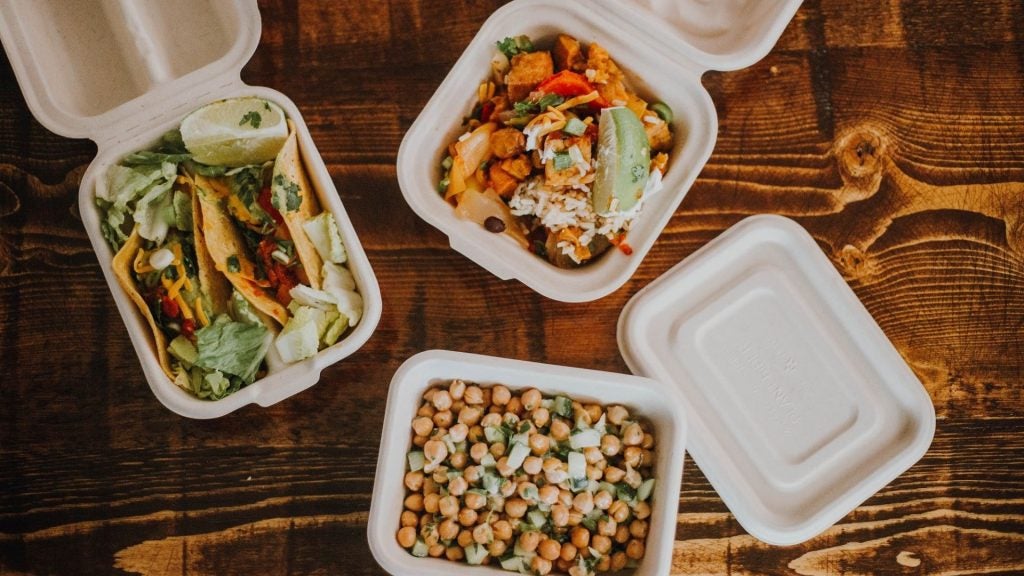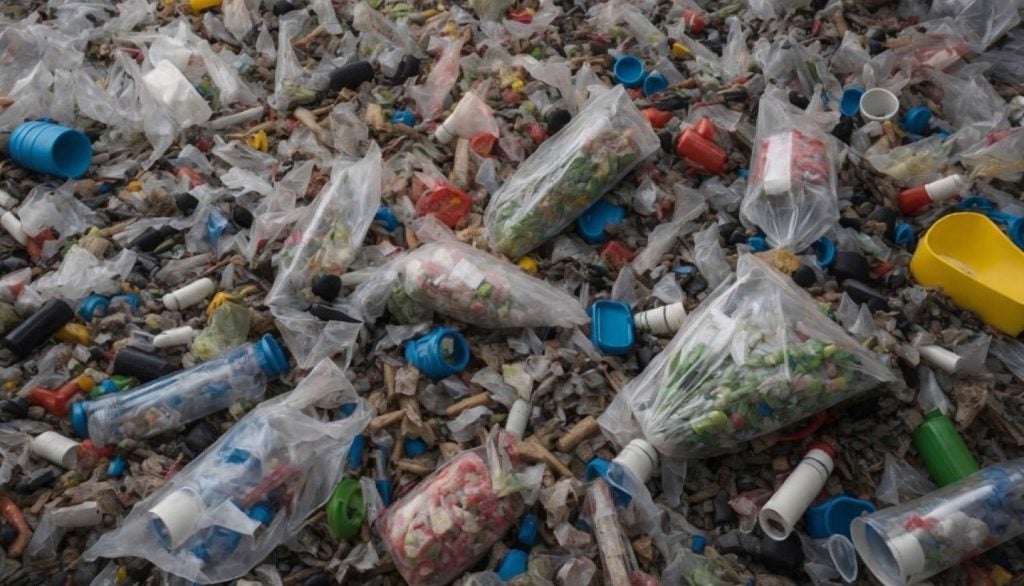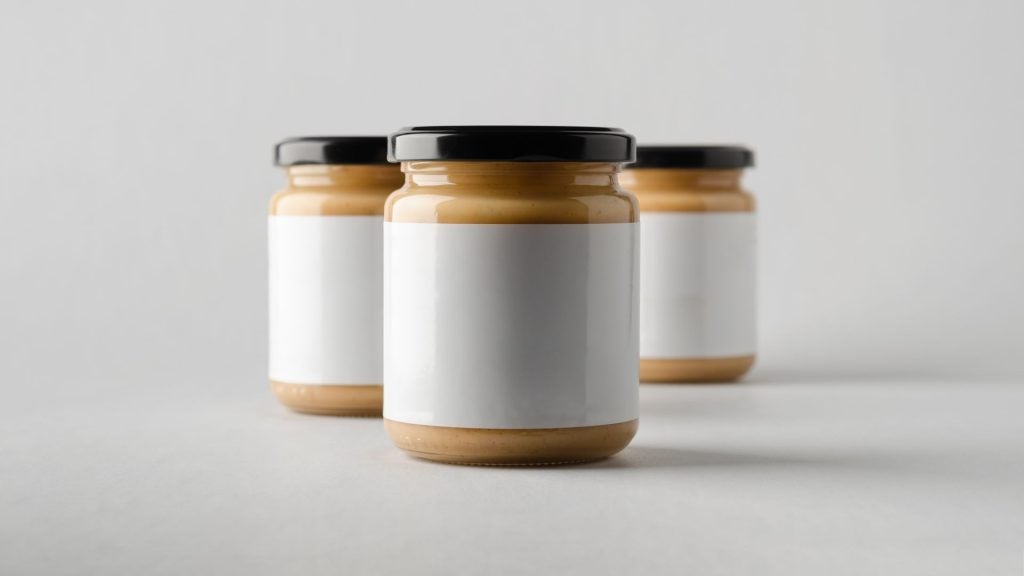
In 2019, the UK Government introduced a new DRS in England, Wales, and Northern Ireland that is set to come into effect in 2023. The UK DRS scheme aims to reduce the amount of littering, boost recycling levels, and to promote recycling through clear labelling and messaging.
The government attributed the introduction of the scheme to “a rise in public consciousness when it comes to tackling packaging waste” and cited that an estimated 14 billion plastic drinks bottles, 9 billion drinks cans, and 5 billion glass bottles are used and consumed annually, with drinks container litter becoming a “serious issue which needs targeted policy action to overcome”.
The initial consultation
In February 2019, the Department for Environment, Food and Rural Affairs (Defra) published a consultation to obtain responses to the proposed DRS. The consultation – open between February and May 2019 – questioned respondents on the principles of the DRS, materials to be included, preferred models, and more. Defra received 1,190 responses, excluding campaign responses.
As part of the consultation, Defra stated: “DRS has proven very successful at promoting and incentivising recycling in other countries, particularly in Scandinavia and Germany.”
If introduced, Defra anticipate that a DRS will help reduce the amount of littering in England, Wales and Northern Ireland, boost recycling levels for relevant material, offer the enhanced possibility to collect high quality materials in greater quantities and promote recycling through clear labelling and consumer messaging.”
When asked whether the respondents agreed with the principles of DRS, 84% agreed with respondents saying that a DRS would incentivise consumers to recycle containers.
How well do you really know your competitors?
Access the most comprehensive Company Profiles on the market, powered by GlobalData. Save hours of research. Gain competitive edge.

Thank you!
Your download email will arrive shortly
Not ready to buy yet? Download a free sample
We are confident about the unique quality of our Company Profiles. However, we want you to make the most beneficial decision for your business, so we offer a free sample that you can download by submitting the below form
By GlobalDataFlat rate vs Variable rate
Another question proposed was on what kind of rate should be used for the deposit level. Two options were put forward: a flat rate, where the deposit is the same for all containers, or a variable rate, where the deposit would be dependent on the type of material or size of the drinks container.
Over half (57%) of respondents were in favour of a flat rate. Feedback indicated that this was because having a flat rate would keep the scheme simple, easy to understand, and easier to calculate costs for.
Respondents were also asked if alternative deposit levels should be applied to beverages that come in multipacks. Again, a majority (75%) said that the deposit level should remain the same for single and multipack containers.
However, though the majority of respondents are in favour of a flat rate deposit, there are some experts across the packaging industry who have argued in favour of a variable rate, saying that a flat rate would do more harm than good and increase the market for single-use plastic.
One who has offered critique is Rick Hindley, executive director of the Aluminium Packaging Recycling Organisation (Alupro). Hindley said that, because of the flat-rate model, the UK DRS could result in plastic “dominating supermarket shelves”, increasing plastic pollution, and causing a lowered demand for aluminium cans, despite them being infinitely recyclable.
“A fixed-rate deposit fee would prove hugely damaging and, as such, we mustn’t let this scenario happen.” Says Hindley. “While we are fully supportive of a well-designed DRS, one crucial point – whether or not the scheme adopts a fixed or variable rate deposit fee – could result in a whole host of negative implications.”

While a variable rate fee would see containers allocated with a deposit value based on container size, a flat rate model would apply a fixed fee to all beverage containers. According to Hindley, this approach would influence purchasing decisions by consumers.
“This unsophisticated approach could see customers charged an additional £4.80 for a 24-can multipack – on top of the product purchase price – compared to just 80p for a 2-litre plastic bottle, which research suggests would result in 60% of shoppers opting for larger, cheaper, but much less sustainable plastic alternatives – resulting in an immediate decline in demand (around 11%) for easy-to-recycle aluminium cans.
“Indeed, the UK’s thriving aluminium industry, which currently employs more than 20,000 workers nationwide, would be stung with an annual production shortfall of 4.7 billion units and the very real possibility of plant closures if the UK adopts a flat rate DRS.”
In addition, Hindley highlights that modelling suggests that “a fixed fee model would result in 10% lower return volumes in total” compared to a variable rate system and that “plastic could become the most used beverage packaging on supermarket shelves”.
What’s next for the UK DRS?
Though the consultation took place in 2019, specific details of the design of the UK DRS are yet to be presented, with Defra stating that it expects a second consultation to take place later this year.
“With the scheme design yet to be agreed, the next few months are of paramount importance,” Says Hindley. “It is essential that the government takes the valuable views of its constituents, the packaging industry, and the Environmental Audit Committee into close consideration when discussing introduction and implementation.
“Once operational, it would be very challenging indeed to amend the scope of the scheme. As such, making informed decisions and ensuring best practice design from the outset is of critical importance.”
Once operational, it would be very challenging indeed to amend the scope of the scheme.
Hindley notes that though a fixed-rate model may seem easier to implement, it could lead to a less successful scheme overall.
“Our concern is that simplicity will override sustainability in senior-level decision making. While some may think that a flat rate deposit fee would be easier to implement, this isn’t necessarily the case. What’s more, it would result in much lower collection rates in the first two years, alongside considerably higher costs for producers.
“The UK is in a unique place with the design and introduction of its DRS. Indeed, every other country, excluding Germany, that operates a similar scheme didn’t have a highly functioning kerbside collection in place before rolling out their scheme. As such, it’s somewhat unchartered territory in terms of environmental impact.”
The UK DRS scheme certainly is in a unique position from its beginnings, and the exact structure of the scheme will have a direct impact on its success – for better, or worse. Succinctly, Hindley predicts that “the proof of the pudding, as they say, will be in the eating”.







